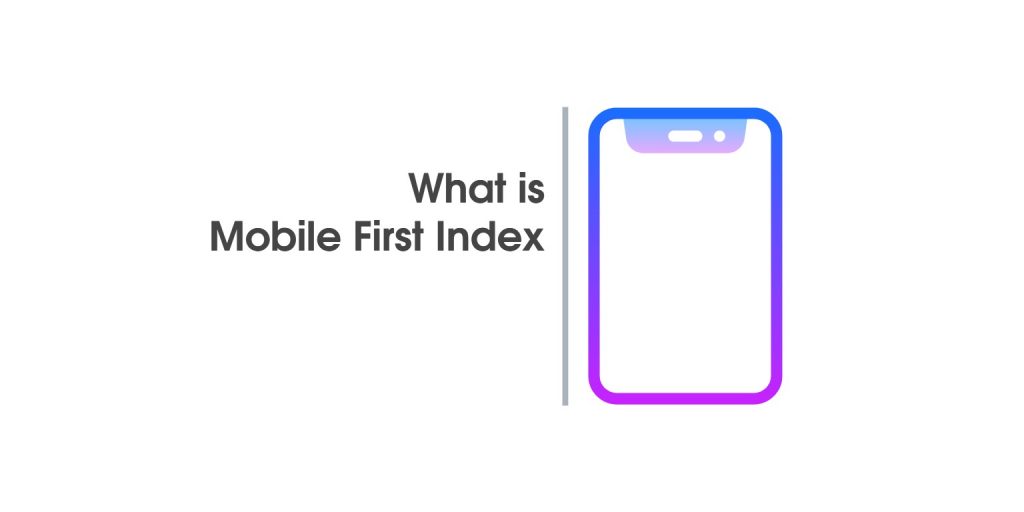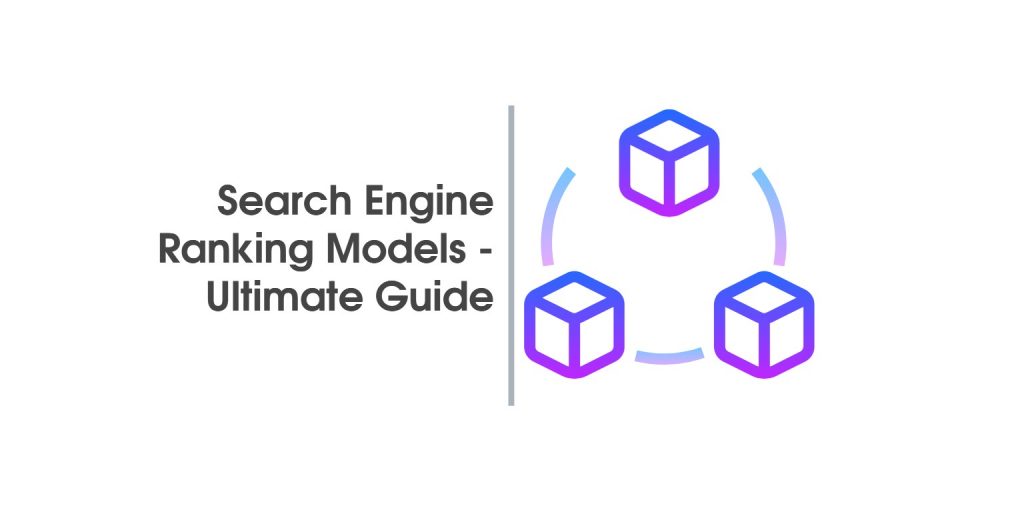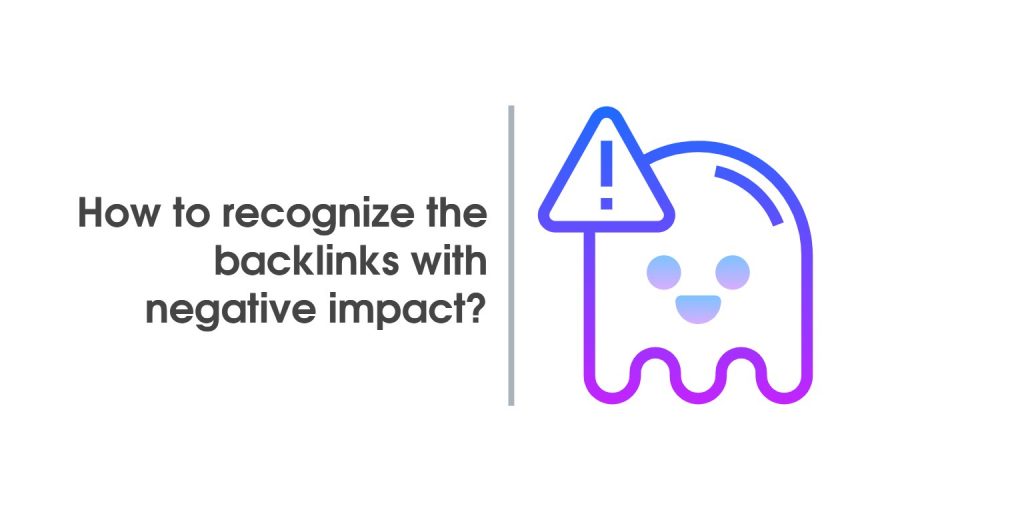8 Machine Learning Principles and Models Used by Search Engines
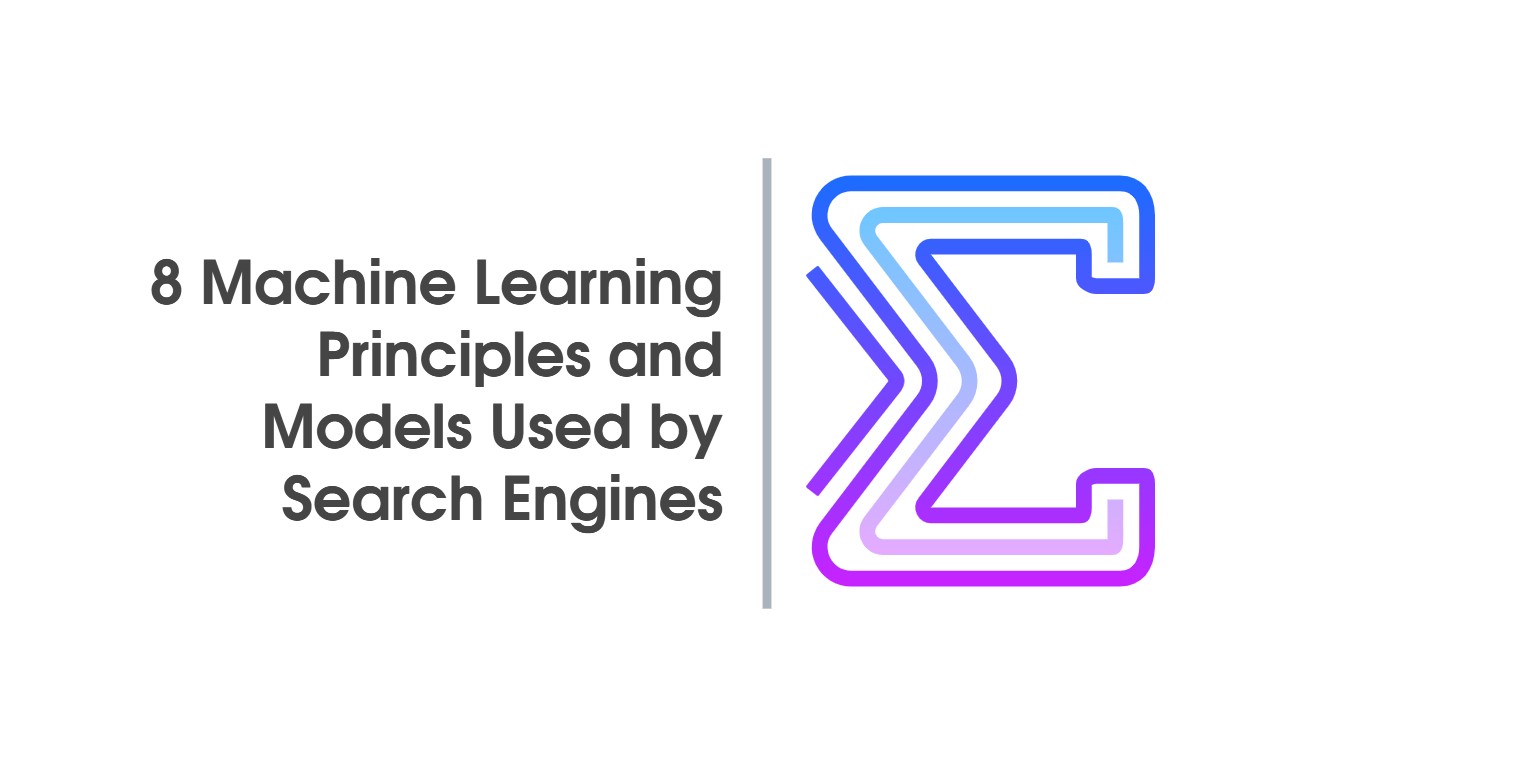
The first steps of machine learning, purely informative, date back to 2009 – 2010, when the world’s technology media talked about smart algorithms that are “learning” on the go to automate and help accomplish certain tasks that will save time and at the same time this performance will be better. Gradually, open source libraries for machine learning began to be available, where every advanced developer could create their own algorithms. They will also be able to train them on their own databases to begin these algorithms to perform these tasks.
However, how does machine learning affect search engine optimization and can we really do something to optimize our sites? Yes, we can, but in part, and of course, an extremely high level of knowledge and experience is required to be able to optimize for this kind of algorithm. To summarize machine learning the algorithms in a few words are: algorithms designed to make forecasts based on values, trends, or other characteristics and variables, based on previous information or a database.
And while machine learning algorithms find use wherever they are, search engines are also one of those units where their applications and tests are continuous. In the following lines, we will find 10 ways in which search engines like Google use so-called machine learning to facilitate and speed up their work, while providing the user with even better results and, respectively, a better experience.
Analysis of search and classification phrases
One of the best applications of machine learning algorithms is the classification of search phrases and, accordingly, index documents based on the user’s search intent. As we know, phrases can generally be – information, navigation and transactional. Machine Learning algorithms do a great job of evaluating the phrase by the user and referring to the quality of the pages indexed by the search engine, so based on that information + the information regarding the exploration of the relationship between individual phrases, their interchangeability, conceptualization and context, as well as historical information collected / based on user behavior / to provide the best response to the user in the form of results.
Users can search to buy (transactional), learn something new (informational), or find resources (navigation). In addition, one keyword may be useful for one or all of these intentions. By analyzing click patterns and the type of content that users engage with (e.g., CTR by content type), a search engine can use machine learning to determine user intent.
From the organic results screenshot, it is clear that the algorithms have grouped and extracted results that prioritize human involvement in evaluating restaurants, forums, and reviews, and in the background, review articles on the topic remain. Last but not least, the phrase also includes the Local Pack, which ranks restaurants with a large number of reviews. We owe all of this to machine learning algorithms, and before Google, they didn’t do so well with grouping results and documents based on the user’s intention to query.
Find patterns for URLs and page content
Search engines use machine learning algorithms to detect patterns in the URLs and body content of a page that help identify spam or duplicate content.
They included common attributes of low quality content, such as:
- Multiple outbound links to unrelated pages.
- Excessive use of the same keywords
- Excessive use of synonyms
- Over-optimization of anchor texts
- Other similar variables.
Analyzing these types of models drastically reduces the manpower needed to review everything from search quality raters. While there are still people who value quality, machine learning has helped Google automatically sift through pages to remove poor quality pages without the need for human intervention. Machine learning is an ever-evolving technology, so the more pages are analyzed, the more accurate it is.
Identification of synonyms
When you see search results that don’t include the keyword in a snippet, it’s likely that Google uses machine learning to identify synonyms.
Better identification of word connections
Just recently, Google announced that they have created new algorithms that are mainly about ranking documents – based on evaluating search queries and evaluating the relevance of the page directly. This application of machine learning algorithms will play a fundamental role in the overall change in the ranking of results, as according to Danny Sullivan of Google, the new algorithms will practically not use links to rank results.
Content is more important. Does this mean that content authors should use more synonyms? Not really, because synonym overload is equivalent to saturating with the same keyword. Google’s purpose for synonyms is to understand the context and meaning of a page. Creating content in a clear and consistent sense is much more important than spamming a page with keywords and synonyms.
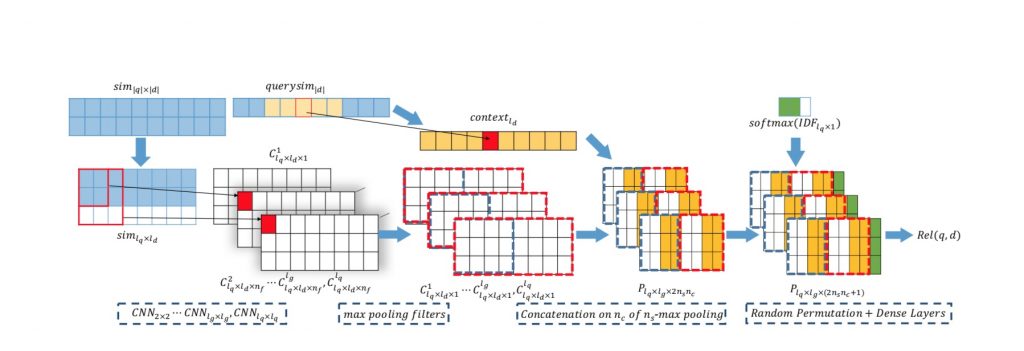
What Google has formally stated is that it is able to understand the concepts much better, in a way that goes beyond simple keywords and synonyms. This is a more natural understanding of how a web page solves the problem indicated by a search query.
Identifying the similarities between the words in a search query
Not only does query data be used by machine learning to identify and customize later queries of the user, but it also helps create patterns in the data that shape the search results that other users receive. Google Trends is a great example of this. A phrase or word that does not mean anything originally may have meaningless search results. However, as the phrase (and therefore user searches) is used more over time, machine learning may show more accurate information about these queries. As language evolves and transforms, machines are able to predict our meanings behind the words they say and provide us with better information.
Search images to understand photos
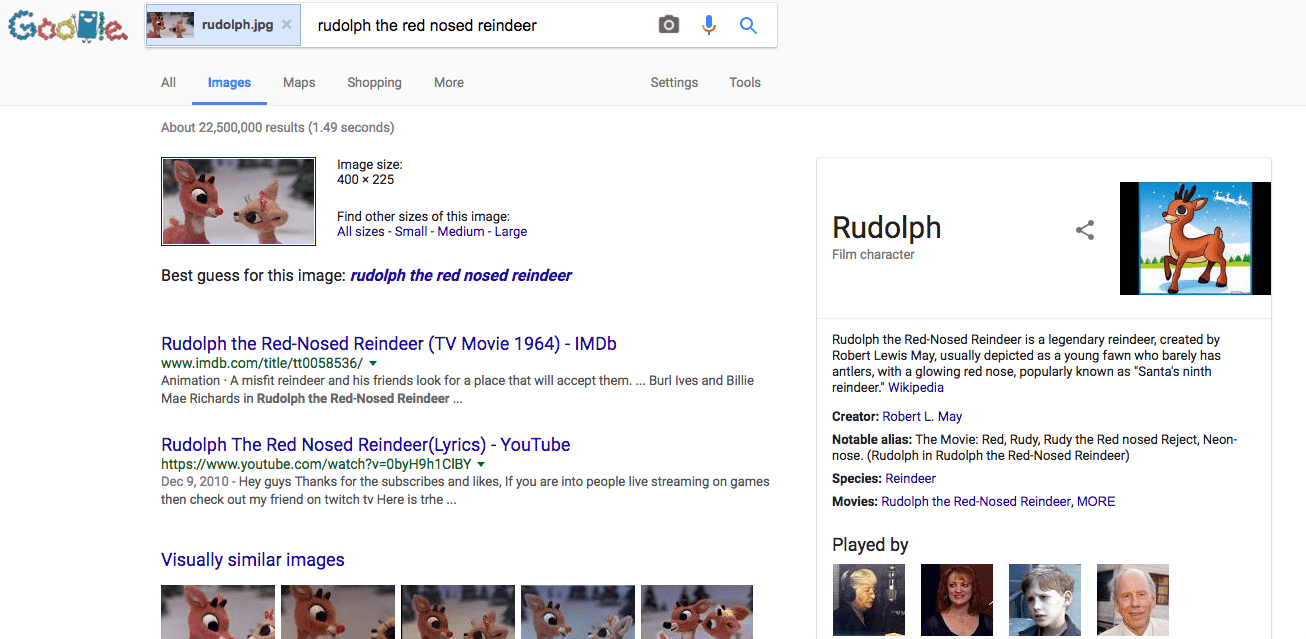
This task is ideal for machine learning because it can analyze colors and shapes and refer to any existing structural image data to help the search engine understand what the image is. In this way, Google can not only catalog images for Google image search results, but also trigger a feature that allows users to search through a photo file (rather than a text query). Users can then find other copies of the photo online, as well as similar photos that have the same themes or color palette as well as information about the objects in the photo.
Custom alerts based on specific requests
Machine learning algorithms can put more weight on variables in some queries than others. The search engine “learns” about the preferences of a particular user and can base its information on past queries to present the most interesting information. Overall, according to consumer research, personalized phrases through machine learning have increased the clickthrough rate (CTR) of results by about 10%.
For example, if I search for “football stadium in New York” in the “incognito” browser, I get the answer to “MetLife Stadium”.
Then, if I search the same browser for “jets” only, Google accepts that since my last request was for a football stadium, then this request is also for football.
Identifying new alerts
According to a 2016 podcast by Gary Illays of Google, RankBrain not only helps identify patterns in queries but also helps the search engine identify possible new ranking signals. These alerts are being sought so that Google can continue to improve the quality of search results.
Illis also mentioned in the podcast episode that more of Google’s signals can be based on machine learning.
Since search engines can “teach” technology how to make forecasts and data themselves, there may be less human labor and employees can move on to other things that machines can’t do, such as innovations or projects aimed at people.
The introduction and development of machine learning is still going to surprise and bewilder us as these algorithms are actively involved even in the so-called. voice search that Google has been diligently developing. However, machine learning will change a lot of approaches for SEO site optimization as well as content preparation methods over time. Over time, it will become much more important, but not only as part of the overall strategy, but as a leading strategy, with a high level of quality, in addition to providing the right response to the user.
